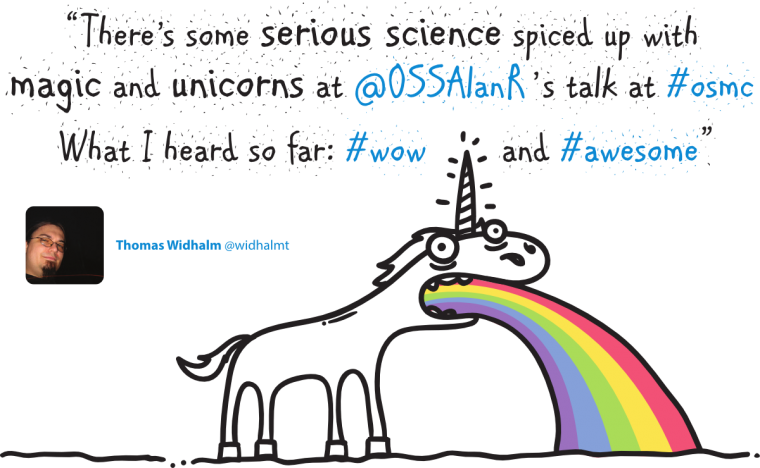Ohio LinuxFest Assimilation Presentations

Last weekend, I had the honor of giving the opening keynote on Friday at the 2015 Ohio LinuxFest and a session presentation on the Assimilation project the next day. Both talks were very well-received, but the reception the Assimilation project talk received from the standing-room audience was extraordinary. So it seems good to give a summary of the talk and why I think they resonated so strongly to it.




